“Living Wine” Film makes Bugs (in the wine) a Feature
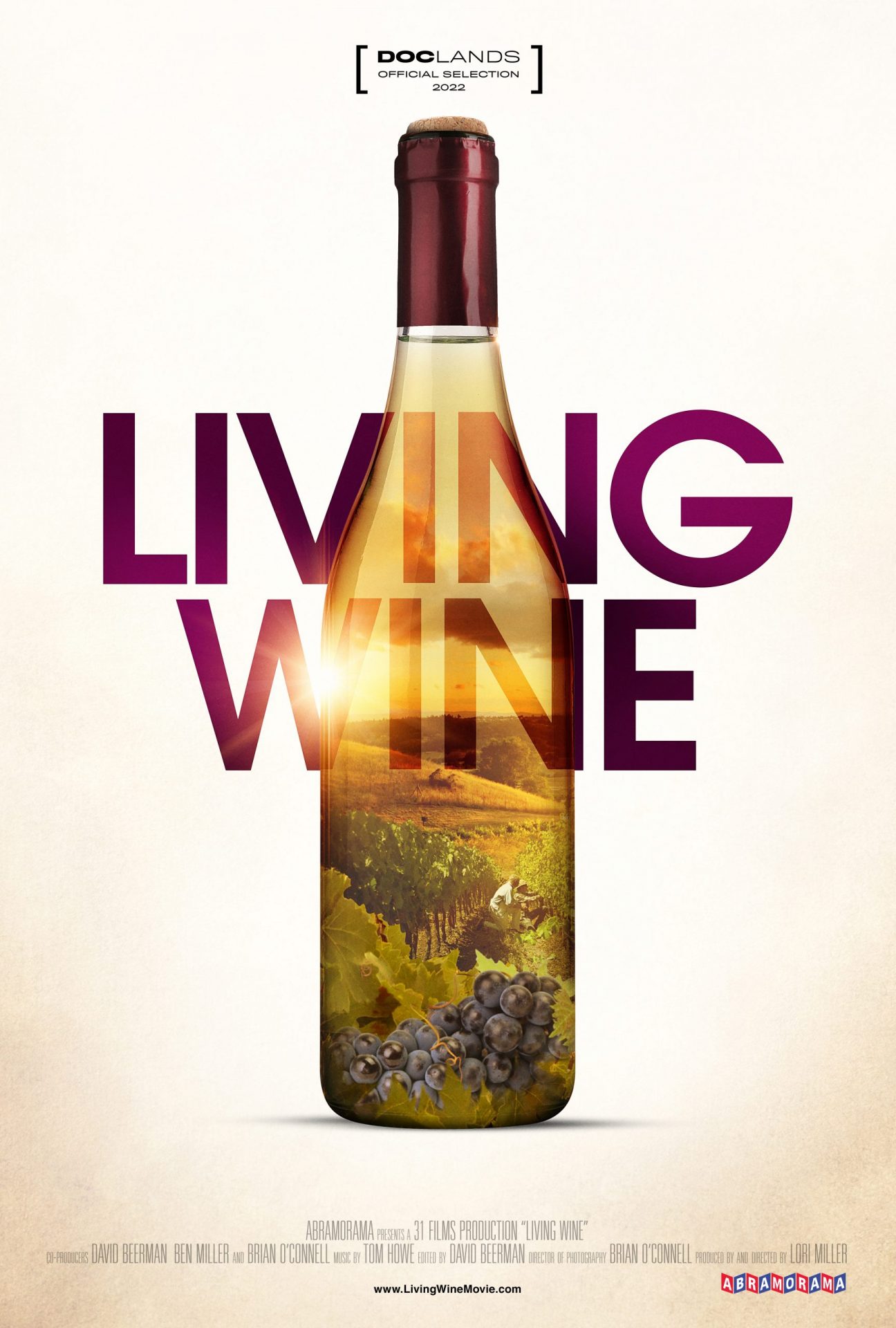
If you know anything about wine, you will agree with about 80% of the movie Living Wine, but the other 20% is infuriating. If you are in the wine industry, you may want to take a Valium before clicking “Play.”
In the first 30 seconds, Sonoma County winemaker Darek Trowbridge, says, “Typically wine is a manufacturing machine-driven product that needs adjuncts to make it work in a timely manner.” True — if “typically”, for you, wine costs $12 a bottle. (Most of his cost $35.)
Three minutes into the film, Santa Cruz Mountains winemaker Megan Bell says, “A big difference between natural winemakers and conventional winemakers is that we want this land-to-the-bottle experience. I don’t want to be one of those more conventional winemakers, it’s like, ‘I know everything about winemaking but I’ve never set foot in one of the vineyards I work with’.”
I interview winemakers all the time. While winemakers like this may exist, I haven’t met one yet. The “land to the bottle experience,” also known as “terroir,” is something that almost every winery in the world that makes wines over $20 talks about.
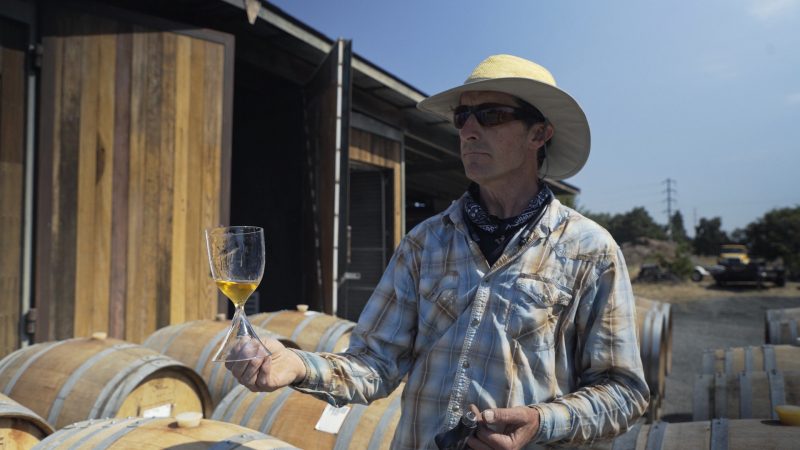
I interviewed director/producer Lori Miller about the film. I liked her; she’s earnest. She said, “When I started researching the subject, I was unaware of the existence of natural wine. I’m kind of a wine lover. I didn’t realize that there was a difference between conventional wine and natural wine.”
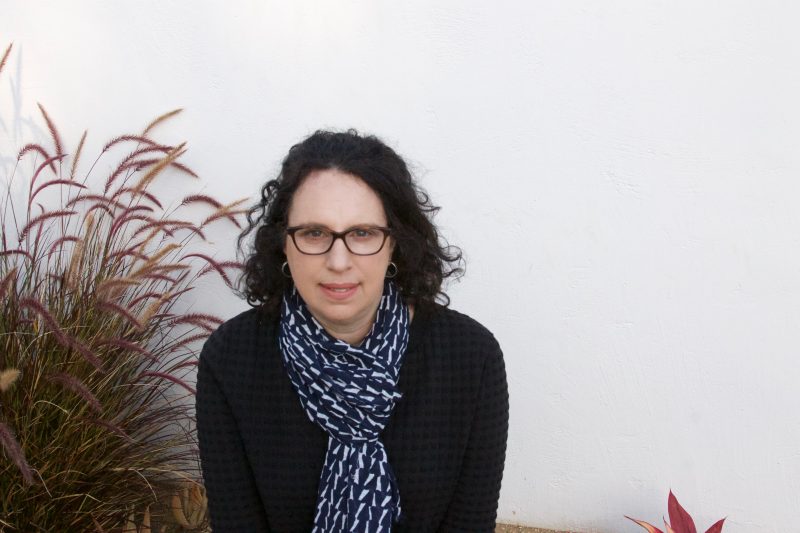
Miller’s brother lives in Sonoma County and had a small vineyard; the company that tended it sprayed Roundup on it every two weeks, which of course he didn’t like. He met Trowbridge who convinced him to convert the vineyard to regenerative organic. It’s a good story.
The problem is, Trowbridge talks about every winery in California — all 4,000+ — like they’re making Roundup-laden wines by the stadium-load. Some do, sure: spend under $20 and that’s probably what you get. But Miller didn’t ask anyone from the wine industry for balance: at $35 and up, you expect wines of terroir, and usually you get them.
Miller sought out Gideon Beinstock, the charismatic proprietor of Clos Saron in the Sierra Foothills, because she had read an interview with him in the New Yorker. This worked out as Beinstock is easily the star of the film; you’ll want to buy one of his wines (his Pinots Noir are $65) after watching it.
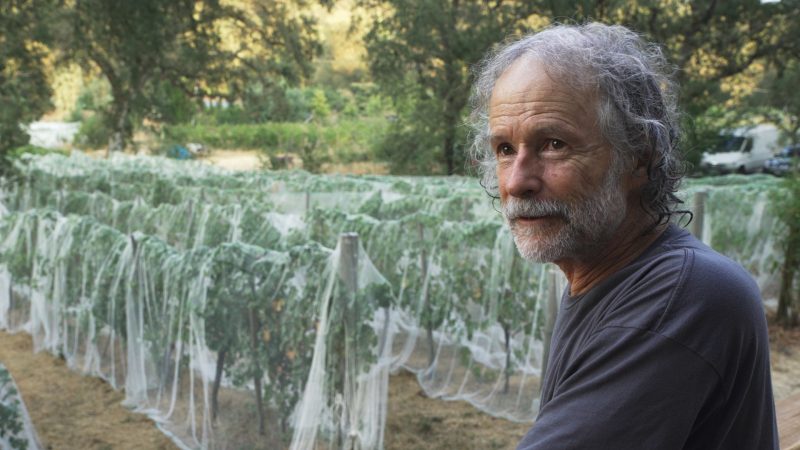
Trowbridge introduced her to Bell, who makes provocative statements about the way she was treated as a young woman in the industry before going out on her own. I don’t doubt Bell when she says female enology graduates are pushed to work in the lab instead of on the winemaking floor.
“I wasn’t trying to do a gotcha movie,” Miller told me. “I was trying to do a human interest story. I felt staying in my lane and showing a group of people going through harvest and making their wine would be the story I wanted to tell. I didn’t mean to omit that there are a lot of great winemakers today.”
I get that, and apparently like Trowbridge’s wines, I’m supposed to judge the process and not the results. Well, OK.
Trowbridge’s process includes:
* Sending workers out into thick smoke to pick Petite Sirah before it’s ready, because he says “smoke taint is a worse problem than green grapes.” That’s true, but what about worker safety?
* Throwing bunches with hard, green unripened berries right into the bins, and trying to pick out a few of them later.
* A worker who is foot-treading Trowbridge’s wine exclaims, “We have a lot of bugs in here.”
Generally speaking, good wineries try to avoid hard green berries and bugs, not to mention smoke. There’s a reason a lot of good Sonoma County wineries, unlike Trowbridge, didn’t release their 2020s.
Miller could have used some kind of flowchart, because she conflates a lot of important issues — organic viticulture, drought, fires, corporate winemaking, sexism — thus essentially accusing 99% of the California wine industry of being on the wrong side of all of them.
There’s a title card at the end of the film claiming that less than 1% of wine made in California is “all-natural.” But she never defines the term. There isn’t much talk about native yeast. The one winemaker in the film who talks about sulfites, Beinstock, does a fair job, but it’s a very short segment. In fact, Miller told me that all the winemakers she shows use sulfites. I’m not at all anti-sulfite, but it made me ask, what do you consider “all-natural”?
“California has a lot less natural wine than in Europe,” Miller told me. “You have these huge corporations in California that dominate the market. The way I define natural is, the way the grapes are farmed, and the way the wine is made. The grapes have to be farmed organically, whether or not they’re certified. The wine has to be made with almost no intervention or no intervention in the winemaking process. Each of the winemakers I spoke to, it’s really first and foremost how they farm their vineyard.”
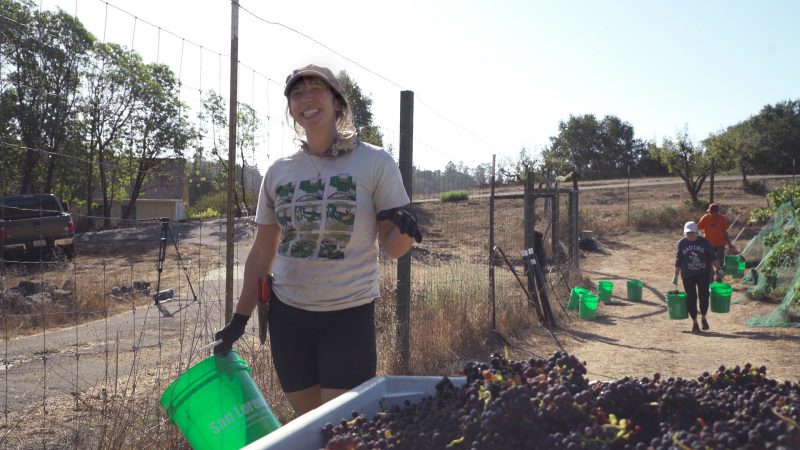
At one point, Bell discovers that the Cabernet Franc grapes she bought had synthetic fertilizer applied by the farmer, even though she didn’t want that. That raises a very interesting question about “all natural,” but the film just drops it.
The best bits are about environmental issues. Agriculture expert Elizabeth Candelario explains that after World War II, nerve gas was repurposed as pesticides. She also makes the astute observation that many consumers go out of their way to spend more for organic food but buy cheap conventional wine off the shelf. (Don’t do that!)
Timothy LaSalle from the Center for Regenerative Agriculture talks a lot about climate change, which we’re still not paying enough attention to. That’s right on target.
But then you have Trowbridge, who does most of his winemaking outside (never ideal for temperature and bug infestation reasons), talking about “racking” his barrels, which he thinks wineries do too often. If you don’t rack your barrels, your wine is susceptible to developing bad-smelling mercaptans. But Trowbridge says because his winery is small, “I can create offensive wines.” (And sell them for $35.)
If he’s the 1%, I’d rather drink from the 99%. Let’s not make offensive wine virtuous. That is also ultimately just marketing. Bugs do get into fermenting wine, but let’s not pretend that’s a feature.
———-
“Living Wine” is being released in both theaters and streaming on July 15.

I agree with a number of your observations and reservations.
Lori Miller had very minimal levels of wine / “wine-making” / wine industry knowledge and was really making a film about people, their life work and challenges, rather than a real research into the definitions of “natural wine”.
They filmed many hours of interviews that were trimmed down to very short clips, often with little or no context, that may easily be dismissed as superficial, shallow, insubstantial. But our discussions were not.
We live in a wold that increasingly reduces complex realities into one or two dimensional semblances that people swallow and confuse with the real thing… this film may be seen as one example of that. But for the few that will really pays attention, it does offer some hints about the many different styles, quality levels, goals, philosophies that fall under the confusing “natural wine” umbrella.
Saron and I do not think of ourselves as “natural wine” makers… perhaps as minimalists. But the market perceives us as such, like it or not. We have one single goal in what we do: the raw expression of specific terroir through the grapes grown there. For us, what you consider as flaws are not acceptable. But neither are the various forms of “improvements” a.k.a. makeup that the mainstream industry – including the “top class” producers – choose to use for the goal of improving their quality. Our perspective is that each and every wine trait that originates in the winery (what Emile Peynauld calls “secondary aromas” in his “The Taste of Wine” book) is generic by definition and, therefore, undesirable. Using his terminology, we attempt to make wine that are as close to be entirely “Primary” (all vineyard/grape aromas), and “Tertiary” (bottle age character). Of course this is not possible to achieve fully because inevitably some of the conditions & processes the grapes, must, and wine are exposed to during their passage in the winery leave some stamp on the final product. But this is the only reason why at Clos Saron, we have never inoculated any wine, never adjusted anything in the winery, never added nutrients, enzymes, etc., never filtered, fined, or racked any wine.
We have reduced the complex modern day wine making protocol to three processes, without which wine cannot be made:
1. Break the skins to allow for fermentation to begin (crush by foot).
2. Separate liquid from solid (press).
3. Put into containers that can be carried away (bottle).
Other than that, the only thing we do apply to must/wine is sulfur. We add 35ppm at crush and again at bottling.
Over our 23 years of operation, we have never had a “stuck fermentation”. We have never had any wine “spoil”. (we did have a few wines go through tail-end m/l fermentation in the bottle, which can be unpleasant to our human senses, but the wine recovers fully later on). Wines occasionally can be reductive early on (No racking??!!), but the clear up with bottle age. (I received traditional wine education in Europe and my quality standards are strict.)
And our wines do age exceedingly well. We like to drink most of the reds at 15-30 years, whites are rosés at 8-25 years.
If you think that I’m giving you a sales pitch or b.s., we’d be delighted to have you visit here, see and taste for yourself.
Gideon Beinstocck